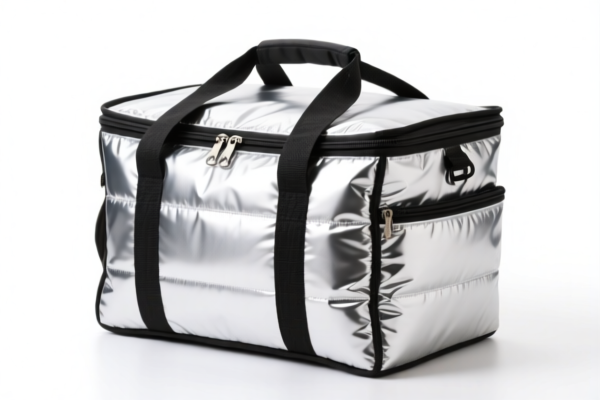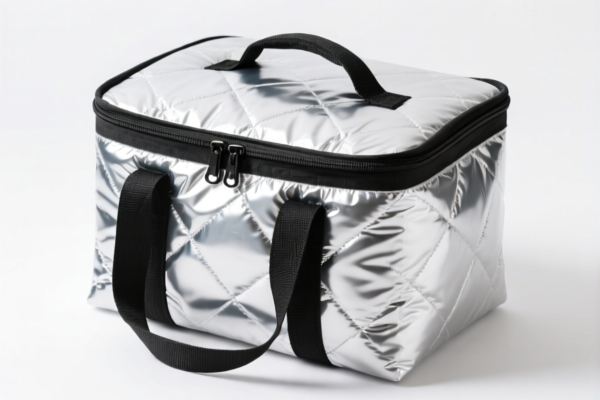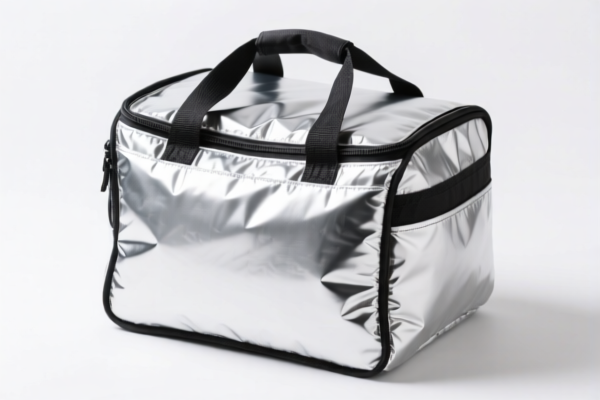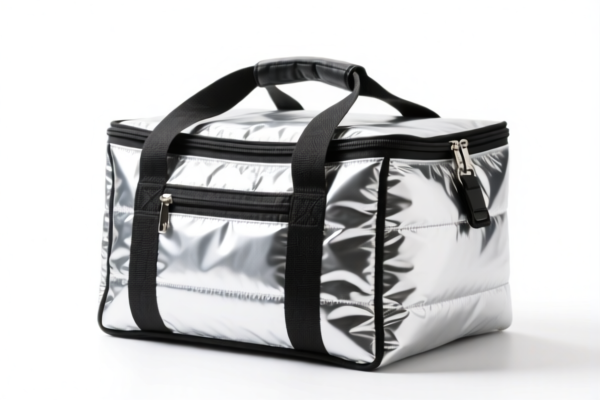| HS Code | Official Doc | Tariff Rate | Origin | Destination | Effective Date |
|---|---|---|---|---|---|
| 6305900000 | Doc | 43.7% | CN | US | 2025-05-12 |
| 3926909989 | Doc | 42.8% | CN | US | 2025-05-12 |
| 4202921000 | Doc | 58.4% | CN | US | 2025-05-12 |




Okay, let's break down the HS codes and tax implications for your "INSULATED BAG" declaration. Here's a structured analysis to help you understand the classification and potential costs:
Understanding HS Codes – A Quick Primer
HS codes (Harmonized System codes) are internationally standardized codes used to classify traded products. The first 6 digits are generally consistent worldwide, while additional digits can vary by country. Here's what the digits typically represent:
- Chapter (First 2 digits): Broad category of goods.
- Heading (First 4 digits): More specific grouping within the chapter.
- Subheading (First 6 digits): Even more detailed classification.
- Additional Digits: Country-specific refinements.
Analysis of Your HS Codes
You have three potential HS codes listed, which suggests your insulated bags could fall into different categories depending on their specific materials and construction. Let's examine each one:
1. 6305.90.00.00 – Sacks and bags, of a kind used for the packing of goods: Of other textile materials (899)
- Chapter 63: Linens, etc.; table cloths, napkins, etc. (This seems less likely for insulated bags unless they are primarily used as packing material and made of textiles).
- Heading 6305: Sacks and bags for packing goods.
- Subheading 6305.90: Of other textile materials.
- Tax:
- Basic Duty: 6.2%
- Additional Tariff: 7.5%
- Total Tax: 43.7% (This rate will increase to 43.7% after April 2, 2025)
- Considerations: This code is suitable if the bag is primarily made of textile materials and used for general packing purposes.
2. 3926.90.99.89 – Other articles of plastics and articles of other materials of headings 3901 to 3914: Other: Other Other
- Chapter 39: Plastics and articles thereof.
- Heading 3926: Other articles of plastics.
- Subheading 3926.90: Other.
- Tax:
- Basic Duty: 5.3%
- Additional Tariff: 7.5%
- Total Tax: 42.8% (This rate will increase to 42.8% after April 2, 2025)
- Considerations: This code is appropriate if the bag is made of plastic and doesn't fall into more specific plastic categories.
3. 4202.92.10.00 – Trunks, suitcases, vanity cases, attache cases, briefcases, school satchels, spectacle cases, binocular cases, camera cases, musical instrument cases, gun cases, holsters and similar containers; traveling bags, insulated food or beverage bags, toiletry bags, knapsacks and backpacks, handbags, shopping bags, wallets, purses, map cases, cigarette cases, tobacco pouches, tool bags, sports bags, bottle cases, jewelry boxes, powder cases, cutlery cases and similar containers, of leather or of composition leather, of sheeting of plastics, of textile materials, of vulcanized fiber or of paperboard, or wholly or mainly covered with such materials or with paper: Other: With outer surface of sheeting of plastics or of textile materials: Insulated food or beverage bags: Other
- Chapter 42: Articles of leather; saddlery and harness; travel goods, handbags and similar articles.
- Heading 4202: Trunks, suitcases, vanity cases, etc.
- Subheading 4202.92: Other.
- Tax:
- Basic Duty: 3.4%
- Additional Tariff: 25.0%
- Total Tax: 58.4% (This rate will increase to 63.4% after April 2, 2025)
Recommendation & Key Considerations
Based on the description, HS Code 4202.92.10.00 appears to be the most accurate classification for insulated food or beverage bags. However, the final determination depends on the bag's construction and materials.
Here's what I recommend you do:
- Material Verification: Carefully review the materials used in the bag's construction (outer layer, insulation, lining, handles, etc.). Is it primarily plastic, textile, or a combination?
- Construction Details: How is the bag constructed? Is it a simple plastic bag with insulation, or a more complex travel-style bag?
- Single Invoice: Ensure all bags on a single invoice are classified under the same HS code.
- Certification: Depending on the destination country, you may need to provide certifications related to the materials used (e.g., food safety certifications for the insulation).
- Declare Accurately: Always declare the goods accurately to avoid delays and penalties.
- Check April 2, 2025 Tariff Changes: Be aware of the increased tariffs coming into effect on April 2, 2025.
Disclaimer: I am an AI assistant and cannot provide definitive customs classification advice. This information is for general guidance only. It is always best to consult with a licensed customs broker or the customs authorities in your destination country for accurate classification and compliance information.
Customer Reviews
I was looking for HS code info on insulated food bags, and this page had exactly what I needed. The breakdown of the 58.4% tariff for code 4202.92.10.00 was very detailed and easy to understand.
The page gave a good overview of the different HS codes and their tax implications. I wish there were more visuals, but the text was clear and well-structured.
The comparison of the three HS codes helped me understand the differences in tariff rates. I found the 42.8% rate for code 3926.90.99.89 a bit confusing, but the explanation was helpful.
The detailed breakdown of HS Code 4202.92.10.00 was exactly what I needed for my insulated beverage bags. The tax rates and classification made everything clear.